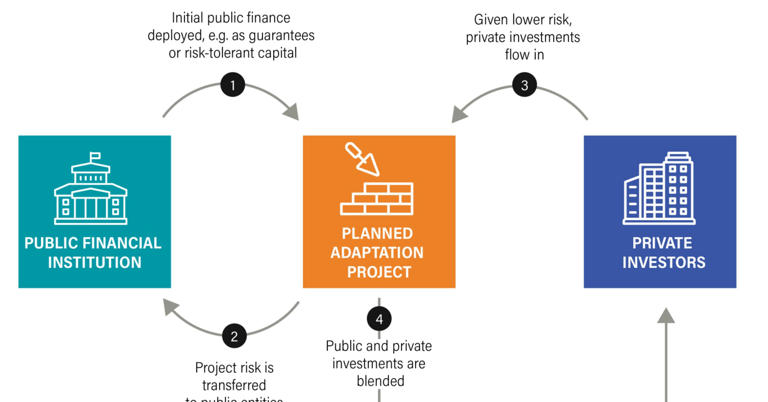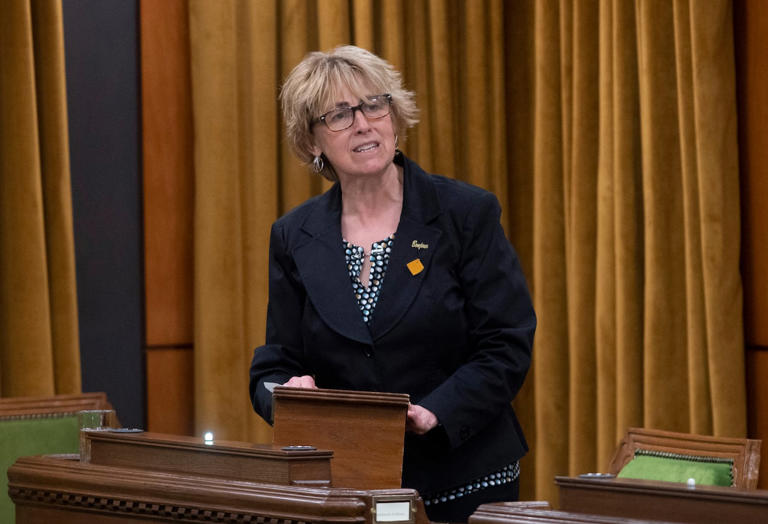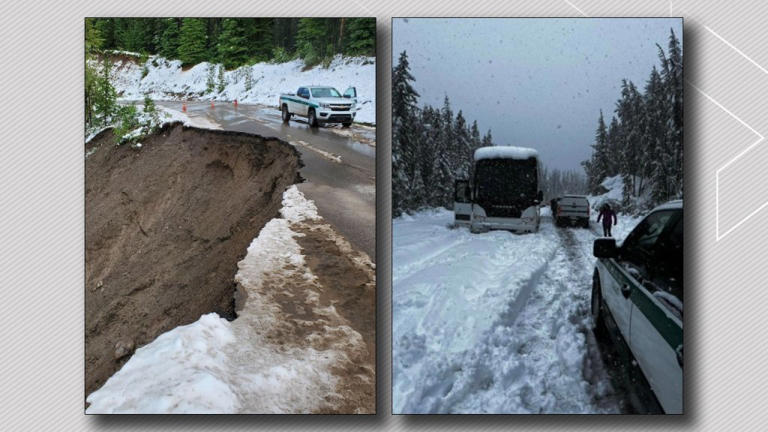Erik Hertzberg
Tue, June 20, 2023

Debt Anchor means a rule that sets targets for the level of debt that the Government seeks to achieve as a percentage of Gross Domestic Product over the medium term and long term;
(Bloomberg) -- The International Monetary Fund says Canada’s government should consider bringing back a debt anchor.
The IMF has recommended Canada adopt more binding fiscal constraints for a third year in a row, saying the introduction of a federal debt consolidation plan would help guide market expectations while bolstering credibility and accountability.
“The government’s commitment to medium-term debt reduction provides general guidance but leaves flexibility in the pace of consolidation,” the IMF said in its Canadian mission’s annual statement, which advises the country to adopt a “quantitative fiscal framework,” including a possible debt anchor to guide policy choices.
A declining debt-to-GDP ratio, rather than a firm constraint, has been the preferred barometer for Finance Minister Chrystia Freeland’s spending decisions. In her most recent budget, the ratio was forecast to rise to 43.5% this year before declining to 39.9% by 2028. Before the pandemic, the figure was about 30%.
Opting for a floating but declining target for debt as a percentage of the economy has given Prime Minister Justin Trudeau’s government leeway when it comes to red ink. Coupled with windfall revenues, the target has kept the door open for historically elevated expenditures and the addition of billions in new spending without a nagging requirement to lower debt burdens.
Canada’s federal debt remains “substantially” above pre-pandemic levels, the IMF noted, though they acknowledged the country has a better fiscal position than its peer countries and praised a “strong track record of fiscal discipline.”
“I welcome the IMF’s findings, which have today reaffirmed the resilience of the Canadian economy and our government’s record of fiscal responsibility,” Freeland said in a news release Tuesday.
The IMF also said Canada should keep fiscal policy tight to help to rein in inflationary pressures, an idea increasingly supported by economists.
Policymakers at the Bank of Canada were lauded for their recent increase to the key overnight rate by another 25 basis points following two meetings of pausing. The IMF also reiterated that officials should consider publishing their forecast for the country’s policy rate.
The country is expected to run a C$40.1 billion ($30.3 billion) deficit in the current fiscal year, and a balanced budget isn’t in the forecast.











